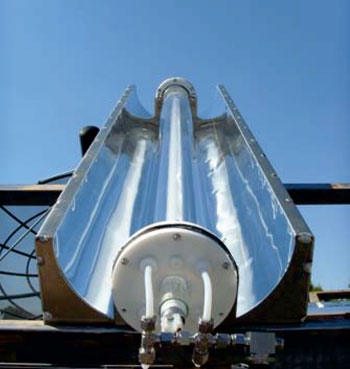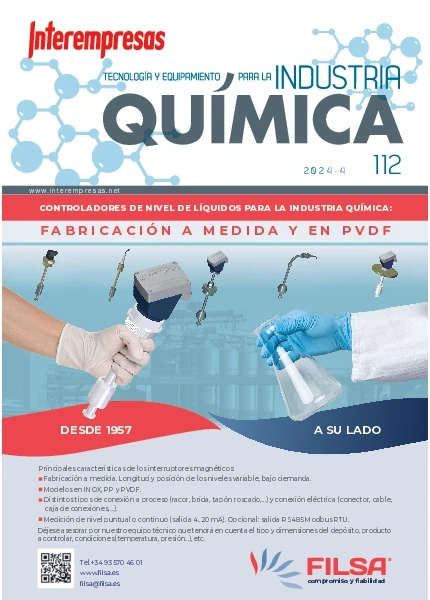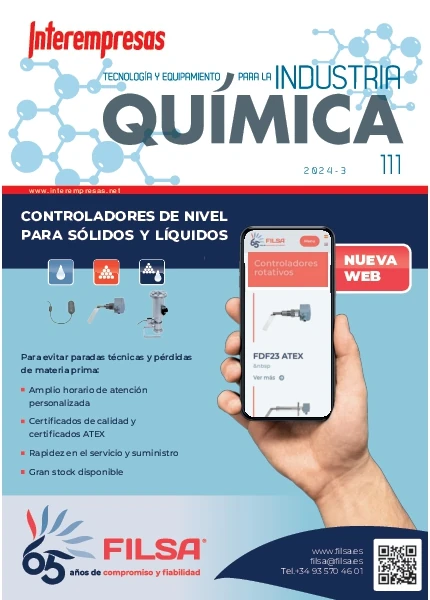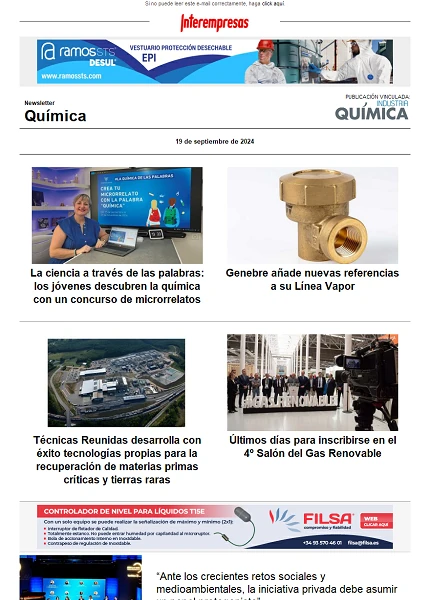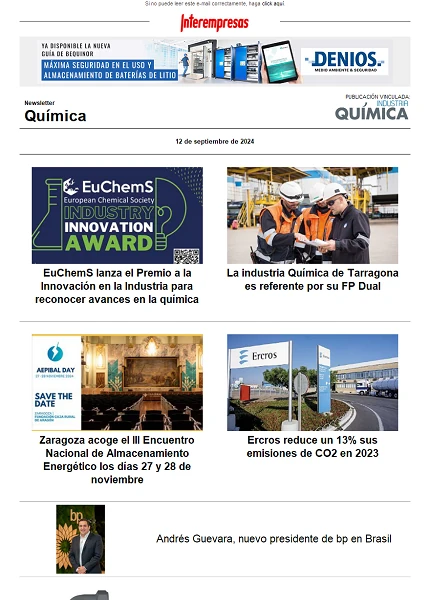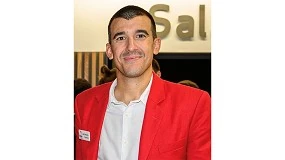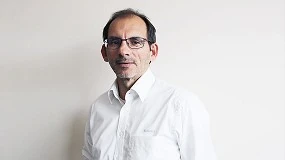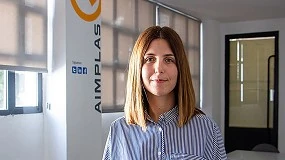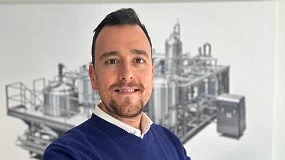New system of elimination of toxic and corrosive compounds in air generated in EDARs
September 22, 2009
Treatment plants (Wwtps) sewage stations dealt with the treatment of liquid waste, but during this process are generated solid and gaseous wastes that have to be properly managed. In the case of emissions into the atmosphere, the main problem lies in the formation and release of compounds that cause bad smells, which can also be toxic and/or corrosive. These are mainly reduced compounds of sulphur or nitrogen, organic acids, aldehydes or ketones. In particular, the H2S, abundantly generated is of particular concern and whose values limit environmental exposure daily (VLA-ED) and exposure of short duration (VLA-EC) are 10 to 15 ppm(v), respectively due to their high toxicity. The perception of the odor threshold is 5·10-3 ppm(v), in addition to severely damage both the concrete steel and very quickly deteriorate electronic equipment exposed to his attack.
In general all modern sewage treatment plants facilities have a system of treatment and elimination of odours, but the technologies currently in use are not optimal solutions. Required elements consumed in the reaction resulting costly and generators of waste or inefficient treatments in certain situations. The development of new adsorbents - cheap, efficient and easily renewable - can justify the use of this non-destructive technique, while the photocatalysis can represent a clean alternative, with a lower cost and adequate performance.
Photocatalysis for the treatment of air
The photocatalysis is part of the so-called advanced oxidation Advanced protects Technologies (AOTs), based on the generation in mild conditions of transitional species of oxidizing power, especially the hydroxyl radical. Of all the AOTs, only the heterogeneous photocatalysis can remove pollutants in the gas phase using the solar radiation as a source of energy (more than 300 nm wavelengths).
The mechanism of the heterogeneous photocatalysis has been studied by many authors. Figure 1 presents an outline of the process leading to the formation of species involved in removing pollutants surface reactions:
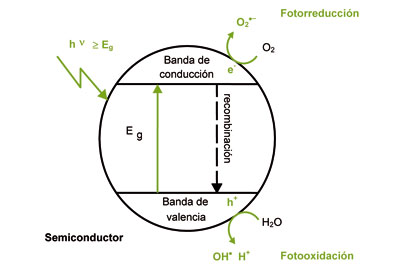
The first attempt to treat H2S fotocatalíticamente did Suzuki and col. in a system that combined adsorption and photocatalysis. Subsequently, cinnamon and col. noted the almost complete destruction, the range of concentrations between 33 and 855 ppmvof sulfide with Guy2. Later, Kataoka and col. confirmed the accumulation of SO42 - on the surface of the guy2 and did not detect any gaseous intermediate of the reaction. Wang and col. and Kato and col. noted an increase in the efficiency by adding silver to titanium dioxide.
The main advantages of the heterogeneous photocatalysis are as follows:
-Opera at ambient temperature and atmospheric pressure
-It has high oxidative power and low selectivity, which allows to degrade many compounds and mixtures
-The pollutant is not changed phase. It is eliminated.
-Photonics activation and can be by solar radiation or low power lamps
-It is a technique for easy adaptation to changing operational conditions, within the range suitable for the fotocatalítico treatment.
-The unique chemical compounds that requires are Guy2 and O2 in the air.
-It can be combined with other treatments.
The photocatalysis in air sector, is in full growth, with more than 2000 companies currently operating in the Japanese market. However, the marketing of treatment plants is still an unfinished business, although some experiences to pilot scale have been conducted. Despite the large number of studies to laboratory-scale for the treatment of gases with different configurations of reactors that are in the literature, there are relatively few studies to pilot scale and almost none with solar radiation. Most of the effort is made in the development of reactor for treatment of indoor air, as the prototype of individual air tested by Pichat and col. Purifier
Adsorbents for treatment of air
The use of adsorbents for carrying out the retention of pollutants in dynamic regime, requires to optimize a range of textural parameters that allow not only a large capacity of adsorption (surface area) but also an ease of access to the small pores (volume of macro and mesoporos) for gases. Proper design of these parameters, allows you to retain and concentrate air pollutants compounds in a solid phase in an efficient manner and in a single stage to pass gas through. For the transformation of odour-generating species (H2S and organic azufrados) in odourless substance easily recoverable or treatable (S, SO4-2, etc.), is required, in addition, a phase activates specific to place with ease, to the corresponding reaction. Given that it is desirable to a good regeneration of the adsorbents is nevertheless necessary to consider also the ease of desorption or leaching of the pollutant compound.
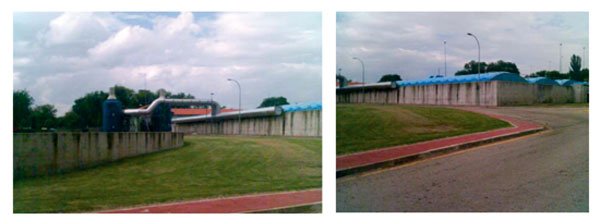
Activities referred to in the programme: evaluation of concentrations of gases
Throughout the program are being analysis in different areas of the plant, EU allow to know the concentrations of H2S over time. The most significant concentrations were obtained in the wells of primary and secondary sludge. These results indicate that the concentration of H2S presents some important oscillations between 20 and 70 ppmv of H2S in the case of primary sludge and between 0 and 40 ppm(v) in the area of secondary sludgethat correspond with the corresponding loads of sludge that occur in an interval of 10 minutes. Reduce these concentrations to prevent its broadcast to the outside forces to implement treatment systems with efficiencies equal to or higher than 90%, to ensure that emission levels below 10 ppmv.
Selection, preparation, characterization and evaluation of adsorbents materials
Nowadays there are plenty of materials capable of retaining pollutants and its choice depends primarily on the type of contaminant to retain. Activated carbons are the most widely used, especially for the retention of organic compounds, and the zeolites for selective retention of polar compounds or certain organic molecules by their selectivity of form. Clays are another interesting option because they are thermally resistant than activated carbon regeneration processes and are cheaper than the zeolites.
Within the family of natural silicates, the sepiolite has given very satisfactory results in the Elimination of odours. Is a magnesium silicate of acicular morphology, with a wide network of micropore size 10.8 x 4.0 Å conferred upon him a superficial area around 300 m2g- 1 hydrated when you or the half when it comes to 350 ° C. It also has a high proportion of mesoporos and easily to generate macroporos in it. These features along with its rheological properties that make it very suitable for its formation and the fact that the community of Madrid is one of the largest mines in the world of the silicate, make it a strong candidate for use in this type of applications.
Thus, they have been selected as materials which may have the characteristics of porosity, surface acidity, etc., appropriate to be used in the retention of H2S, the following types of compounds:
-Activated carbons of different origin: mineral, coir, peat and wood, and with different activation procedure: water vapor or H3PO4.
-Natural silicates: sepiolite, clay (kaolinite type) and natural zeolites (type clinoptilolita).
-Inorganic oxides: alumina, zirconia and titanium oxide.
-Active phases: Co3or4, faith2or3, MnO2 KOH, NaOH
Bearing in mind that the way that allows to minimize the loss of load they produce beds of adsorbent industrially is of honeycomb structure, have been prepared samples in the form of monoliths of each of the selected materials or their mixes in different proportions, which have been subjected to different heat treatments, both drying (110-200 ° C/12 hours), as in calcination (500 - 800 ° C / 4 h). For the preparation of the coals and some oxides monoliths, the inclusion of silicates (clay and/or sepiolite) for properties suitable for the extrusion shaped rheological has been required of monoliths.
In assessing the ability of adsorption in dynamic regime of prepared samples break in column curves have been identified and has been studied the desorption process, which has been submitted to the various adsorbents, once sulphideto a heat treatment at a temperature programmed.
There have been experiments of adsorption of H2S in dynamic regime, by passing a current of contaminated gas through a bed filled with each of the materials studied and analyzed continuously the concentration of H2S in the output. Thus identified the corresponding rupture curves and found the retention capacity of H2S of each of the materials. In order to analyze their possibilities of regeneration by thermal desorption, has been testing in which once reached the point of rupture of the adsorption curve, stop feeding the pollutant, is a combined desorption processthat starts with a desorption temperature (fisisorción) and later progressive warming to programmed temperature, resulting in a desorption of the contaminant retained, which can be considered that is related to the amount of absorption centres in the sample.
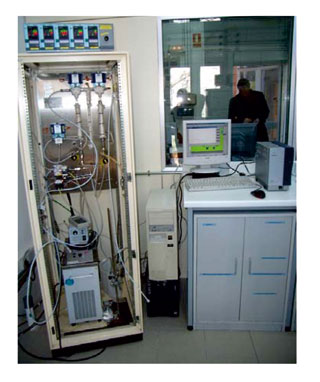
Selection of materials and preparation, characterization and evaluation of photocatalysts
The guy2 lens is the compound with best properties for use in photocatalysis. From the engineering point of view, the need of Fluidization of dust and a stage of separation into the output stream are major drawbacks that justify resorting to media in the fotocatalítico of air treatment to deposit the semiconductor. The Photocatalyst can be supported in different materials and using different methods and selection of support is not a trivial task, there is no one optimal features desirable in type of material that meets resistancestructure and dimensions.
Two polymers and borosilicate glass, terephthalate (PET) and acetate of cellulose (CA), have been selected for study as supports for its transparency to grape - range of activation of the titania - radiation, while to the sepiolite, despite present difficulties to be illuminatedIt has been selected for their ability of adsorption.
Two polymers and borosilicate glass, terephthalate (PET) and acetate of cellulose (CA), have been selected for study as supports for its transparency to grape - range of activation of the titania - radiation, while to the sepiolite, despite present difficulties to be illuminatedIt has been selected for their ability of adsorption.
The glass has been used in the form of flat plate or ring, with a higher area/volume ratio and whose random arrangement favours the turbulent flow. The ideal are monolithic structures, that they have a high specific surface area and where the distribution of the flow in parallel channels prevents the generation of high loss of load. This configuration is usually obtained with opaque materials, for example the sepiolite, but in addition are available commercially structures of this type of CA and PET, cheap and with appropriate transparency polymeric materials. These materials are very attractive and he has raised his employment as an interesting alternative to glass borosilicate, alternative so far had not been studied. The disadvantages of this type of material are its high thermal sensitivity, low affinity for the semiconductor and easy radicals, which may be favoured by the catalytic effect of the guy2.
They have been prepared coatings of guy2 -shaped anatasa on housings specifically selected. This guy2 was synthesized by technology sol-gel, varying conditions of synthesis and deposition, and therefore the structure, specific surface, crystallinity or thickness. The most interesting preparations have been:
-Porous coatings of guy2 anatasa using isopropóxido of it as a precursor and polyethylene glycol (PEG) as surfactant. The deposition was performed by immersion and obtained coverings were thermally treated (300-500 ° C).
-Coatings guy mesoestructurados2 anatasa using Titanium tetrachloride (TiCl4) as a precursor and Pluronic F-127 as structural director agent; Deposits were carried out by immersion by controlling the humidity (method EISA). The final heat treatment of the coating was 500 ° C.
-2 Low temperature anatasa Guy: aqueous acid and isopropóxido of it as a precursor; dialización and deposition by immersion with drying at 50 ° C, which allows coating thermally sensitive media.
The guy2 is the most extensively researched and used in photocatalysis, semiconductor but its operation is far from optimal and continuously seek improvements (more efficient photonics, activation in a wider range of wavelengths of wave…) through various strategies (modification of surface properties)(, synergy with other compuestos…). In this line, have been developed supported samples with a mixture of guy2 and ZrO2 and samples with Guy2 taken drugs with Co and W.
Results at a pilot scale
According to the plan of work is installed at plant nurseries of the town (Madrid) a team to measure the concentration of H2S existing at any given time, to determine the effect produced by each adsorbent continuously. Below are the results obtained with the commercial coal that is currently being used in the Madrid plant. These results clearly indicate that the coal that is currently being used in plant nurseries is acting correctly. The concentrations of H2S generated in the section of primary sludge, one of the points where there are higher concentrations of smells, is reduced from any value between 10 and 150 ppm to 5 ppm valuessupported by the current regulations.
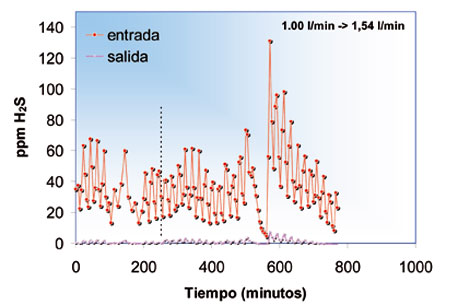
It now remains to end the experiment started and performed a similar experiment with the adsorbent developed under this programme. However, the results obtained in laboratory scale allow well-founded hope that the results with this new adsorbent are significantly higher than those obtained with proven commercial coal.
The dramatic increase of the efficiency of the materials developed in this programme would significantly decrease the amount of material needed to carry out cleansing at levels that was being done so far either increase the duration of a given load of adsorbent. But the most significant advantage that raises this improvement, will be the possibility of addressing the design of an adsorption system based on these materials in the form of monoliths, which would reduce the loss of load generated by these beds several orders of magnitude.
The photocatalysis
In a fotocatalítico reactor design, in addition to the usual requirements of conventional heterogeneous catalytic reactor is necessary the absorption of radiation to initiate the reaction. The great interaction between the phenomena of transport, the kinetics of the reaction and the absorption of radiation implies a good coupling of various physical and chemical phenomena. With a view to the employment of the heterogeneous photocatalysis for the Elimination of2S H of air of wastewater treatment plants is proposed a design of hybrid fotorreactor. The novelty resides is that can operate either simultaneous or alternative, with solar radiation-- captured by a CPC, whose focus is situated the annular borosilicate glass - and artificial - reactor provided by UV fluorescent tube located in the heart of the reactor-. This design allows to consider the operation of the system 24 hours a day. The fotocatalítica activity can regenerate by washing of the photocatalysts with water, so that alternate between upward flow of air - during the operation - or downward flow of water - during the regeneration - allows the operation of semi-continuo mode. The photocatalysts supported on PET and glass support multiple cycles of operación-regeneración by what both are suitable for use if the operation does not exceed the glass transition temperature of the polymer (75 ° C), material which is an interesting and competitive alternative to the borosilicate glass, because that brings a greater lightness and ease of handling.
